Crankshaft Remanufacturing
Below are the 8 steps we use in our crankshaft remanufacturing process. You can scroll down to view all steps or use the drop box to go directly to a particular step. Pressing the red arrow buttons will bring you back to the top of the page
Step 1) Crankshaft Disassembly
Crankshafts are removed from the engine blocks so a visual inspection of the crank casting can be done. Crankshafts with bad keyways, journals spun beyond machining specs or worn thrusts surfaces will be discarded. Adhering to strict quality standards, Promar will never use a welded shaft. Once qualified in preliminary inspection, the crank is then sent for initial cleaning.
 Dirty Crankshaft
Dirty Crankshaft
Step 2) Crankshaft High-Pressure Wash
The first stop for a qualified crankshaft during our crankshaft repair process is our AXE SW20 OS spray cleaning system. With twice the spraying power and dramatically increased number of multi-integrated spray nozzles, the state of the art system assures Promar that all oil, dirt and foreign material is removed from even the smallest of oiling holes. The cleanliness of this crank is essential to insure an accurate magnetic particle crack detection test.
 Crankshaft After Washing Process
Crankshaft After Washing Process
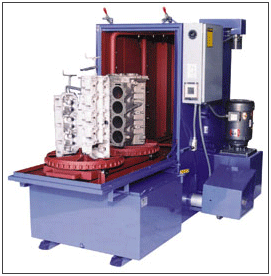 AXE SE20 OS Spray Cleaning System
AXE SE20 OS Spray Cleaning System
Step 3) Crankshaft Magnetic Particle Inspection
Magnetic particle inspection is the most definitive methods of detecting cracks and imperfections in any ferrous engine parts. This procedure assures the highest quality cores for crankshaft remanufacturing.
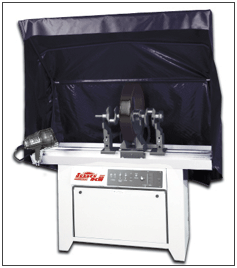 DCM-2400 Magnetic Particle Inspection
DCM-2400 Magnetic Particle Inspection
Step 4) Crankshaft Grinding
Continuing our efforts to produce the best and most reliable crankshaft repair product in the industry, we utilize the Berco RTM 225A precision crankshaft grinder. Coupled with our expert craftsmen, this state of the art unit incorporates rigid construction and precise controls; affording Promar customers the most accurately ground crankshafts possible. Precise controls afford precision grinding, which is followed up by brush cleaning and chamfering of all oil passages.
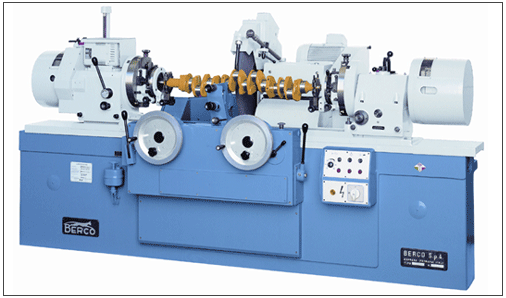 Berco RTM-225A Precision Crankshaft Grinder
Berco RTM-225A Precision Crankshaft Grinder
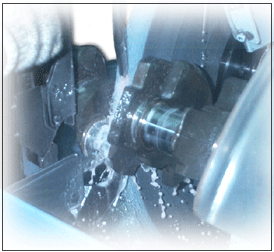 Crankshaft Grinding Process
Crankshaft Grinding Process
Step 5) Crankshaft High Pressure Wash
Following these precise machining procedures, our cranks undergo a second high pressure wash cycle to guarantee the removal of any debris that may have adhered or become dislodged during the grinding process. Absolute cleanliness is necessary for the next step of crankshaft remanufacturing, which is micro-polishing and or balancing if needed.
 AXE SW20 OS Spray Cleaning System
AXE SW20 OS Spray Cleaning System
 Crankshaft After Washing Process
Crankshaft After Washing Process
Step 6) Crankshaft Balancing
Promar's digitally controlled balancer is extremely accurate, producing precise balanced crankshafts during repair, it has the ability to measure unbalance from .01 to 1,000 grams on work pieces weighing up to 500 lbs. (226kg). This process using the Sunnen DCB 2000 is optional for this application.
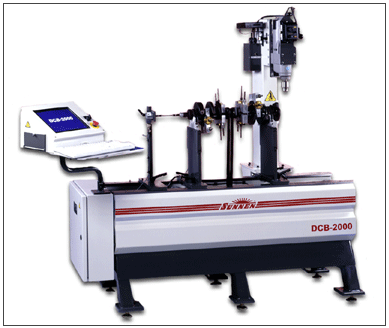 Sunnen DCB-2000
Sunnen DCB-2000
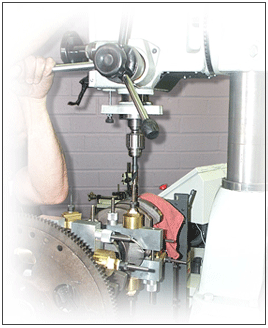 Crankshaft Balancing Process
Crankshaft Balancing Process
Step 7) Crankshaft Micropolishing
Promar uses a crankshaft micro polisher with a rigid polishing system during remanufacturing. The QPAC Q190-38-3 has a solid abrasive tape that wraps around the journal and is backed up with a shoe. This shoe applies equal pressure all the way around the journal while it is being polished.
Traditional polishing techniques use a manually operated belt sander that can alter the geometry of the journal, slightly creating some taper or out-of-roundness. If the surface finish on the crankshaft journal is not right or the geometry is slightly off, the bearings will suffer the consequences when the crankshaft is put into service. While polishing in one direction and then automatically polishing in the opposite direction, the QPAC system leaves a better finish and eliminates microscopic peaks that can cause premature bearing failure. The finishing process always ends in the same direction as the engine rotation.
For thrust surfaces, a separate polishing arm is used. Polishing the thrust surface on the crank is important to minimize the risk of thrust failure on vehicles that have electronic torque converters.
With many of today's engines requiring extremely smooth journal finishes (as low as 6 Ra or less) because of tighter bearing clearances and the use of thinner viscosity 5W-30 motor oils, there is little margin for error. In one pass the QPAC takes the finish down to 6 Ra or less and provides a superior finish to any polishing systems out there today.
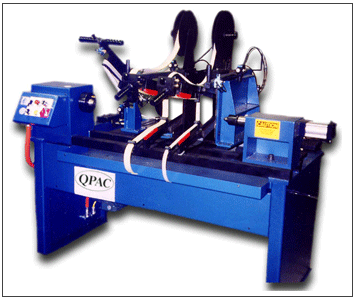 QPAC Crankshaft Micro-Polisher
QPAC Crankshaft Micro-Polisher
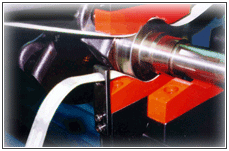 Crankshaft Polishing Process
Crankshaft Polishing Process
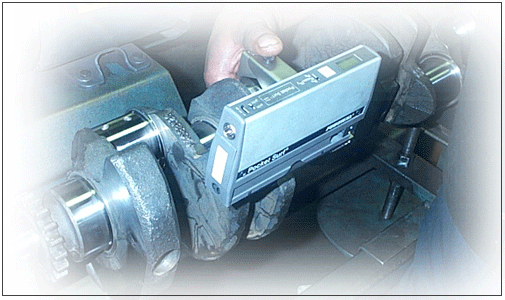 Crankshaft Ra Check
Crankshaft Ra Check
Step 8) Crankshaft Final Wash
Our spray cleaner system carries twice the horsepower and twice the amount of nozzles than most spray cabinets. This machine assures Promar that any dirt, metal or oils from crankshaft repair and remanufacturing are removed before final assembly. This is the third and final wash performed after the micro polishing.
 Crankshaft Rinsing Process
Crankshaft Rinsing Process
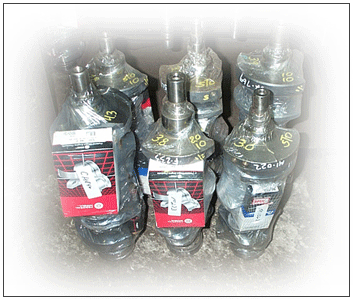 Completed & Wrapped Crankshaft
Completed & Wrapped Crankshaft